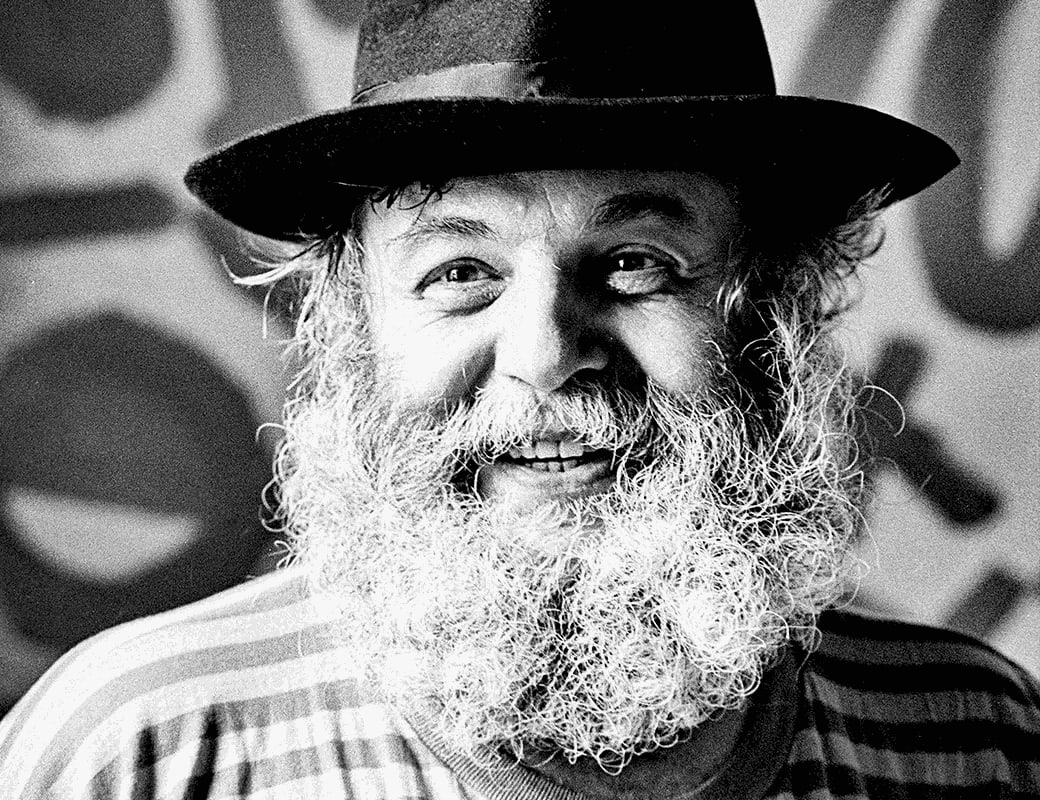A.R. Penck (1939-2017) emerged as one of the most significant German artists of the post-war period, creating a distinctive visual language that bridged primitive art forms with contemporary social theory. Born Ralf Winkler in Dresden, he adopted various pseudonyms throughout his career, with A.R. Penck becoming his primary artistic identity.
Working in East Germany until 1980, Penck developed his signature style under the restrictive conditions of the DDR regime. His distinctive pictographic system featured stick figures, mathematical symbols, and archetypal forms – a visual vocabulary that deliberately echoed prehistoric cave paintings while addressing modern political and social concerns. This coded language allowed him to comment on the Cold War division of Germany while evading state censorship.
Despite official disapproval of his work in East Germany, Penck gained recognition in the West through his dealer Michael Werner. His paintings, often executed in bold colors and primitive forms, earned him association with the Neo-Expressionist movement, alongside contemporaries like Georg Baselitz and Jörg Immendorf. However, Penck's work remained uniquely focused on developing what he called "Standart" – his universal visual language aimed at transcending cultural and political boundaries.
After moving to West Germany in 1980, Penck's artistic practice expanded to include sculpture, printmaking, and jazz music. His work became increasingly recognized internationally, with major exhibitions at the Tate Gallery, London, and documenta. Penck's influence continues to resonate in contemporary art through his exploration of semiotics, his bold graphic style, and his commitment to art as a form of social communication.
